by Paul Donnelly
Powerhouse Museum Curator and Archaeologist
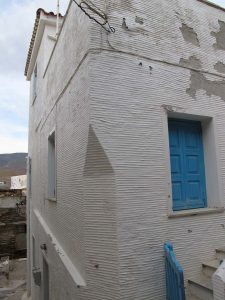
It also explains how it is possible to have distinctive island-by-island design features that are the result of local responses to the availability of materials as well as the demands of the landscape and local climate. My previous post on the schist field walls of Andros is one example and another is the distinctive corrugated and white-washed rendering covering the exterior walls of many buildings right across Andros.
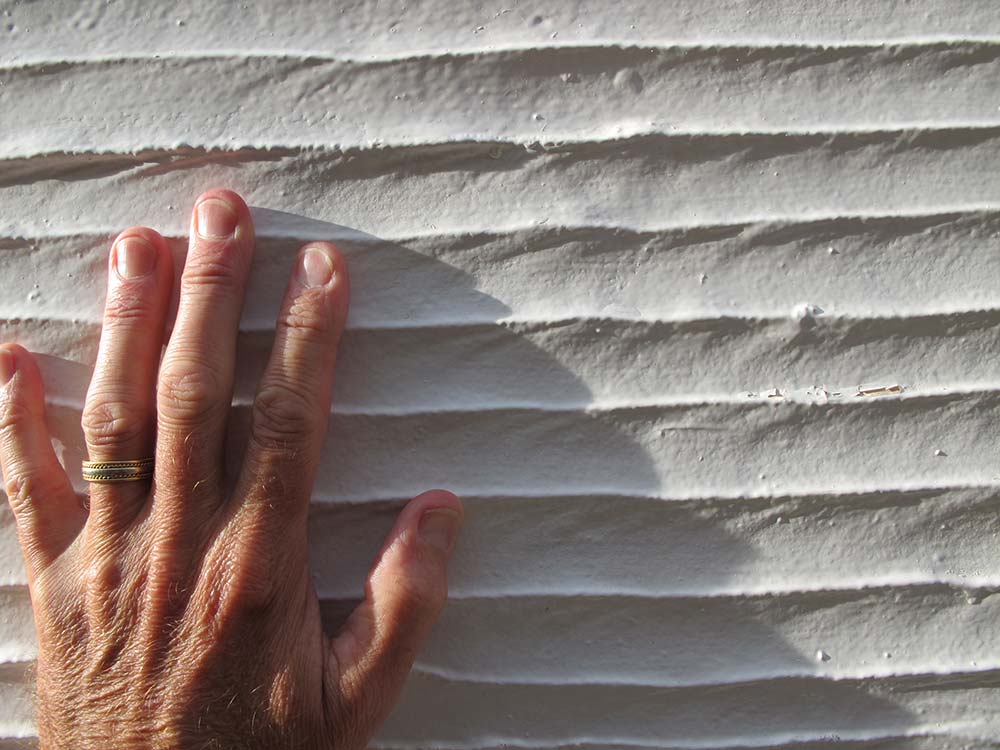
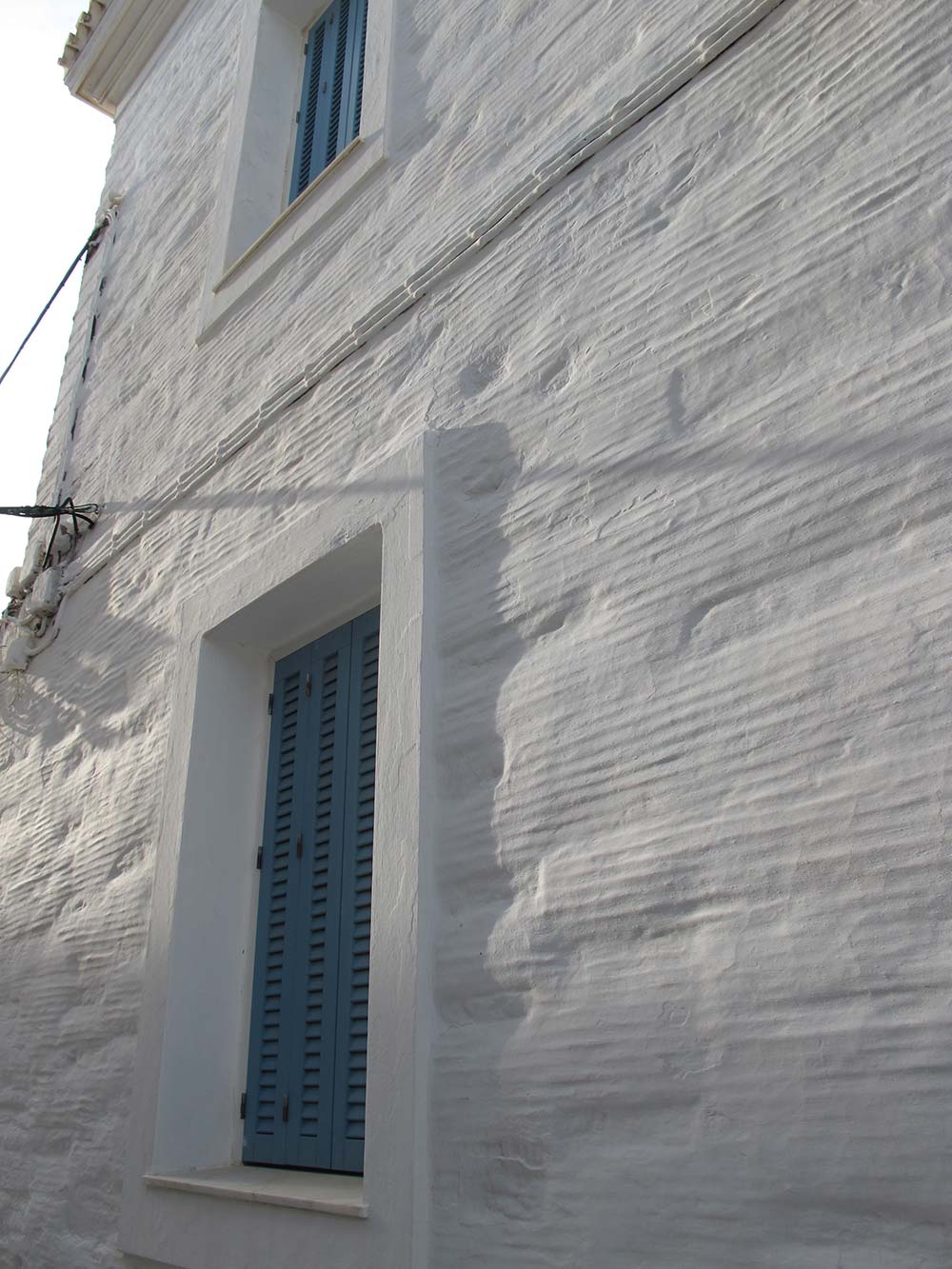
Typically, such features are rarely unique to any single place but rather, identified with one place more than others. This was confirmed when recently I met a practising stone mason, Herakles Gavras, who was able to tell me what he knew about this distinctive element of Andros’s built environment. Herakles is involved with the restoration and consolidation of what is arguably the earliest surviving church in Greece – the 5th Century, St John the Theologian at Korthi in the south of Andros and one weekend he kindly gave the Zagora team access to view the remaining interior painted frescoes (unfortunately we were not allowed to take photos inside or out). While a surviving stone structure, its function as a church was replaced centuries ago by a larger church next to it that dates back to the 1600s. This later church’s corrugated rendering was redone by Herakles 15 years ago and he says he prefers to add crushed pumice from the island of Santorini for extra strength.
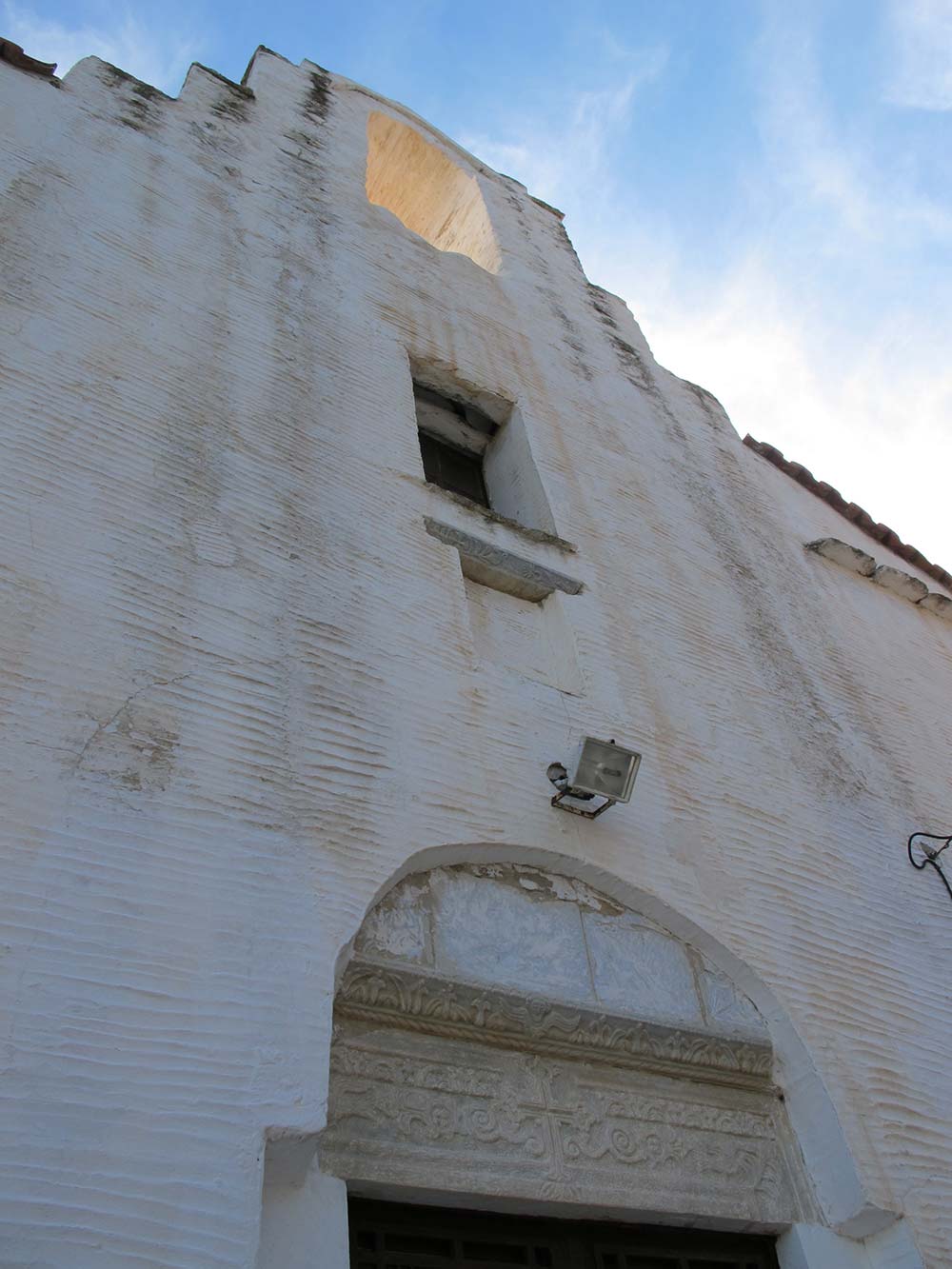
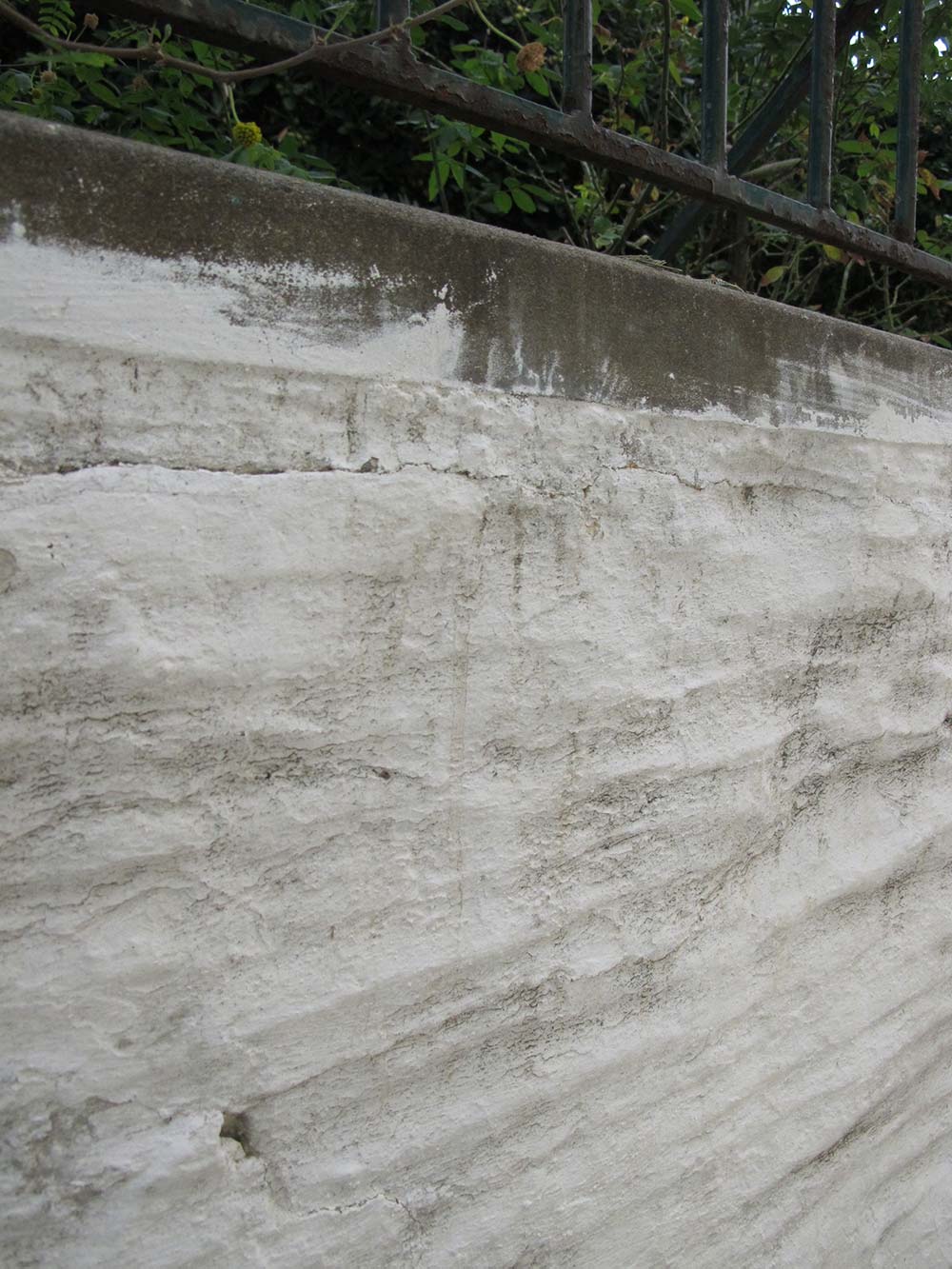
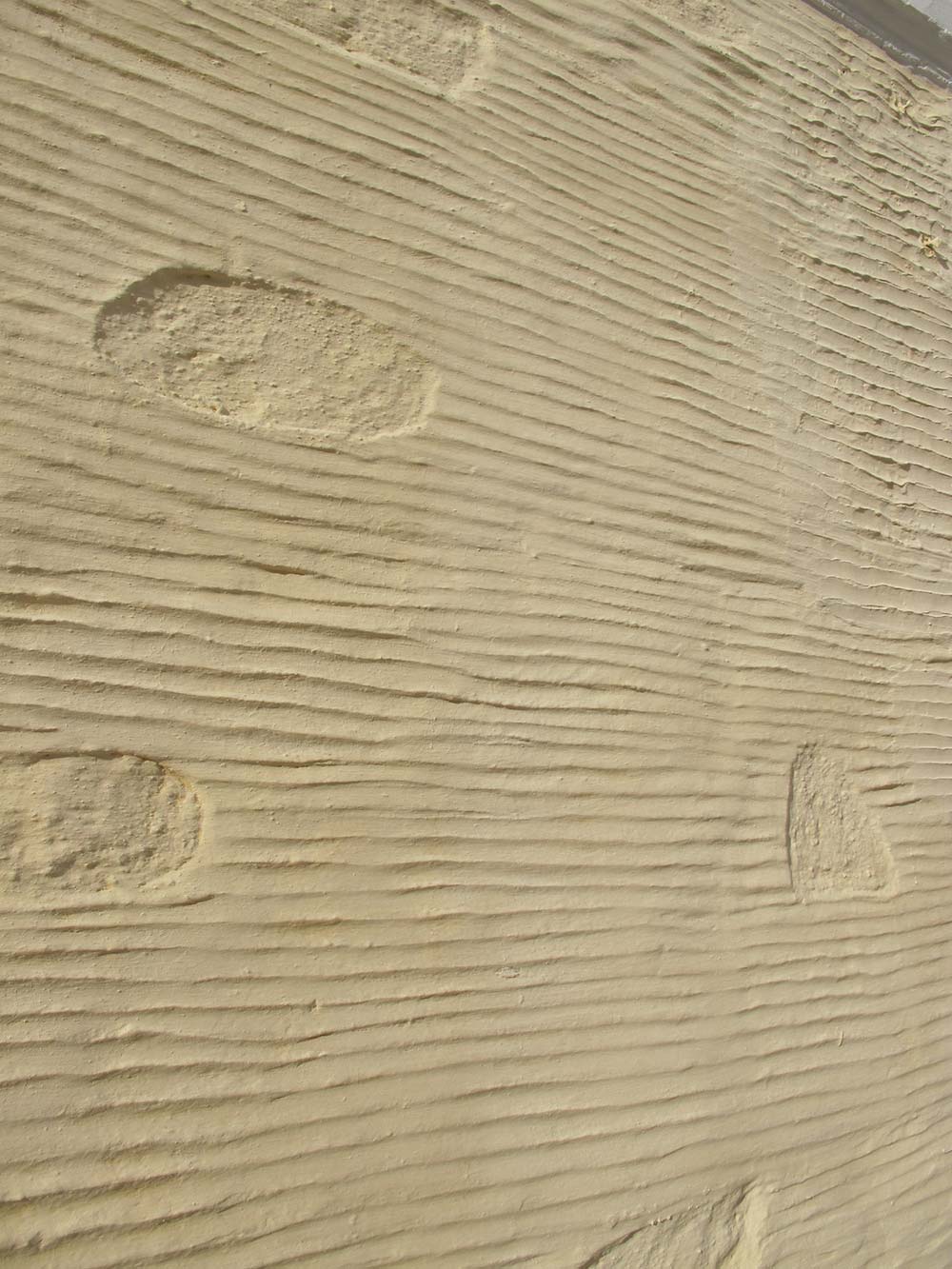
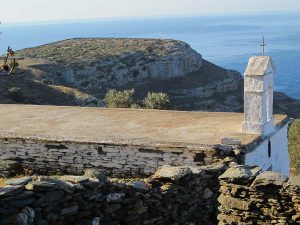
Thanks to Herakles Gavras and our hosts at Kafé Kantouni, Alexandra and Giorgos, who both favour the cooling explanation for the corrugations: Every degree counts in a hot Greek summer!
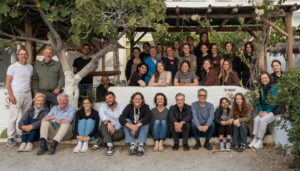
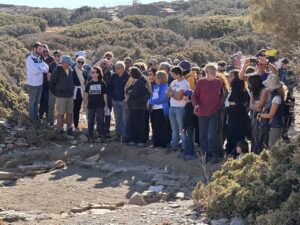
3 thoughts on “Corrugated, rendered, white-washed walls of Andros”
Totally fascinating to read about the St John Church – we’ve driven and walked down to Korthi on many occasions over the past 15 years and never realised it was there! We’ll go along next June and have a look if we can.
Cool! I’m glad I found this page. As a huge fan of rendering and stucco myself, I have never seen this method used anywhere, is it only in Greece that you would this pattern and it is applied like this because of fast drying times and the inability to create a smooth flat surface? We don’t have anything like this here in the UK, however we do have scored render, but the surface is often created with flourishes of the plastering trowel and is quite random. What lovely photos too. Well done. 🙂
So glad you enjoyed this post. I will pass your comment and question to my colleague, Paul Donnelly, who wrote it and took the photos. He’s away at present so it may take a little while for him to answer.